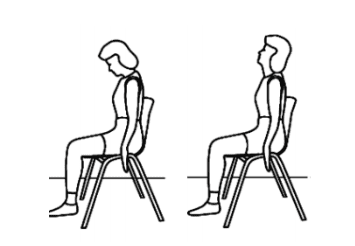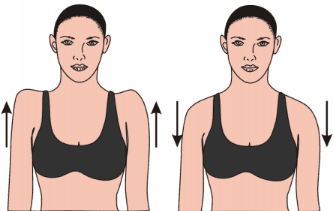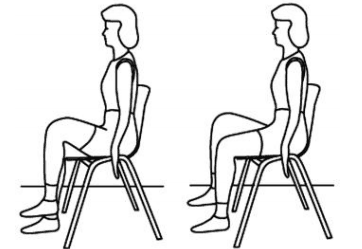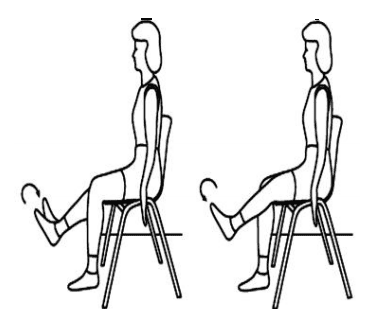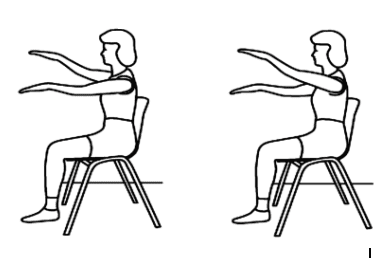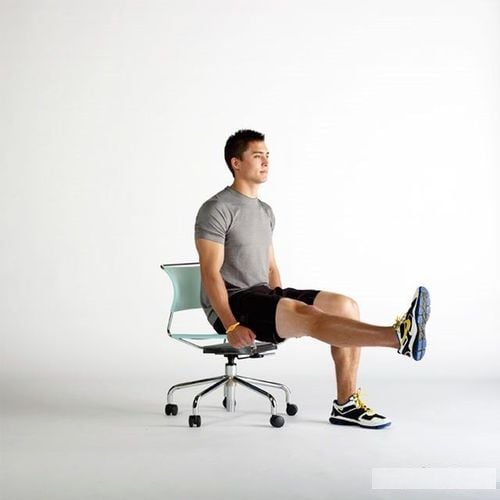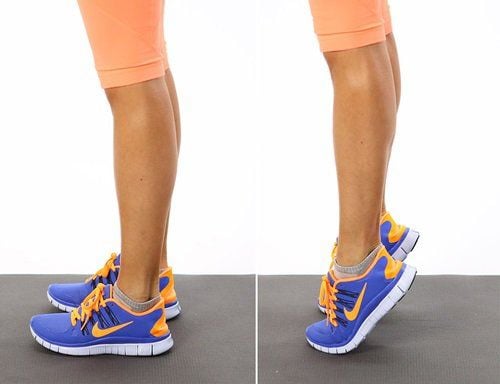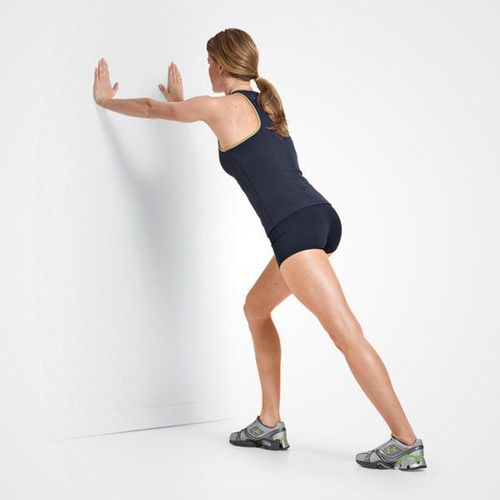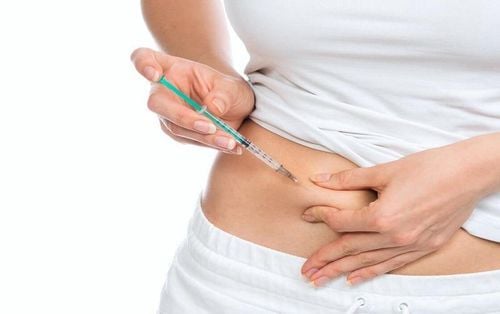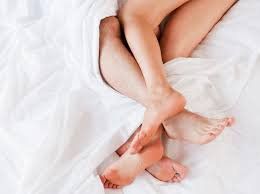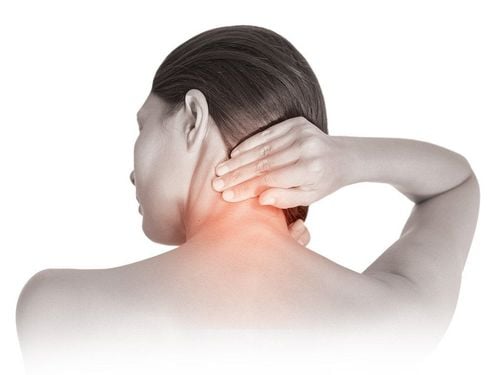This is an automatically translated article.
Advised by: Prof. Dr. Do Doan Loi - Senior Advisor of Cardiovascular Center, Vinmec Times City General HospitalTo help patients after heart surgery know how to take care of themselves, prevent accidents, exercise regimen, rest... to soon integrate into daily life and work, here are care instructions. Patients discharged from hospital after heart surgery & what to do when discharged
1. Guidelines for taking care of patients discharged from the hospital after cardiac surgery
1.1. Incision care
Keep the incision clean and dry. After removing the dressing, only soap and water should be used to wash it. It is necessary to have a safe and balanced diet to help the incision heal well. The incision may be itchy or slightly painful, tight, or numb for several weeks, and there may be bruising around the stitches, which is normal. You should notify your doctor if signs of infection appear, such as oozing or bleeding, the incision is wide open, the incision is red or warm, the patient has a fever. It's also important to let your doctor know if you feel your breastbone move, hear a "clic" sound, or feel a crack when you move.1.2. Daily activities
Bathing: Patients should take a warm bath, do not use hot water, do not soak in water when the incision is not completely healed. Do not bathe or apply drugs, powders, dust, powders, medicines or liquid cosmetics, lotions near the incision. Do not take a bath with a basin or tub until the doctor agrees, you can take a shower. Stitches can be gently washed with soap and clean water, only water through, do not rub on the stitches. Pat dry after washing. Dress: Patients should wear loose, comfortable clothes, avoid tight clothes on the surgery, should change into clean clothes every day Visitors: It is recommended to limit visitors for the first few weeks after surgery, because the patient needs rest. Rest: Patients need to keep a balance between rest and exercise, need to exercise for the body to recover, but also need to avoid overloading the heart. It is recommended to rest for 30 minutes after eating or before exercising. Walking: This is a useful form of exercise because it increases the circulation of blood throughout the body and muscles. Start with short, moderate walks, then gradually increase the intensity. Rest when you feel tired, avoid walking outdoors when the weather is too hot or too cold. Up and down stairs: Patients can go up and down stairs, however, should avoid exertion, should walk slowly, rest when tired, should only go up and down a maximum of 02 flights of stairs. Driving: The patient can travel by car normally, but can only drive a bicycle or motorbike by himself after 3 months of surgery. This is a safe time for the sternum to heal completely. Carrying: Do not exercise too hard while the sternum is healing. Do not lift, push or pull anything heavier than 5kg within 3 months after surgery, do not push or pull heavy doors or windows that are difficult to open and close, do not hold your breath during any activity, especially when lifting heavy objects or defecate. Work: Most patients can return to normal work within 6 to 12 weeks after surgery.1.3. Medicine
Must use the medicine prescribed by the doctor, do not change the dosage or type of medicine without the consent of the doctor.
Không mang vác đồ nặng sau mổ tim
1.4. Weight tracking
You should weigh yourself every day, too fast weight gain means that your heart may not be pumping well enough. If you gain 0.9 to 1.3 kg per day or 1.3 to 2.2 kg in 1 week, notify your cardiologist immediately.1.5. Pain treatment
After you go home from the hospital, you may still need to take pain medication prescribed by your doctor, but you should gradually reduce the pain medication. If pain increases, does not improve even with medication, tell your doctor.1.6. Sexual activity
Being able to keep coming back as your body heals, you can recognize yourself. The energy used for sex is also equal to the energy used to go up 2 flights of stairs, if you do not find it difficult to breathe, or do not feel discomfort in the chest you can continue having sex. Exercise as before surgery, but note:Choose an appropriate time, when you have enough rest, relax, do not feel tired or stressed. Should be taken 1 to 3 hours after eating. Stop and rest if you feel tired or have chest pain. Choose a comfortable, familiar position
1.7. Back to work
Most people with non-stressful, strenuous or sedentary jobs can return to work 4-6 weeks after surgery, others have to wait up to 12 weeks2. Things to do when you leave the hospital
2.1. After you leave the hospital, you need to continue to do the following:
Weigh daily and record the results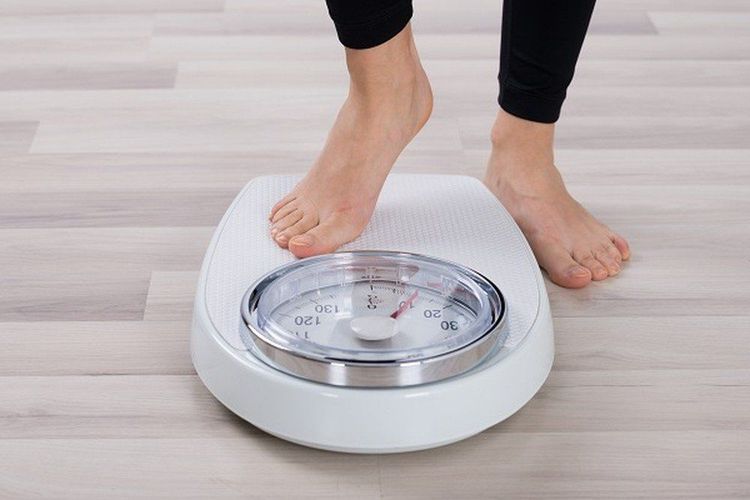
Theo dõi và ghi chép hàng ngày chỉ số cân nặng sau khi xuất viện
Count the pulse daily and record the results. Thermocouple daily to check for fever Watch out if there are signs of infection such as incisions that are too tight, incisions oozing fluid 2. Common symptoms after heart surgery You may not really feel well. mouth, it may take several weeks, should be divided into many (5 to 6) small meals instead of 3 main meals, some people even feel nauseous when smelling food 1-2 weeks after surgery, choose foods that don't have a strong smell, prefer cold foods because cold foods don't have as strong of an odor as hot foods Swollen feet, especially if you have an incision in your leg, can last a few weeks. To treat leg swelling, when sitting, you should raise your legs, do not sit cross-legged, do not sit cross-legged on the floor. Difficulty sleeping or short sleep, often waking up at 2-3 am and unable to go back to sleep, if prolonged, should take a sedative before going to bed Constipation: If you take pain relievers that can cause constipation, you should Adjust the diet: Eating foods with fiber such as fresh fruits and vegetables, drinking enough water, exercising will increase bowel movements to prevent constipation. If you are in a mood swing, worry, have problems with bad days, good days, should talk to everyone in the house, should not be bored, this phenomenon can last 6-8 weeks, if too much If it doesn't take long, tell your doctor. You may see a solid, small lump at the top of the incision, which should go away with time. You may notice or sometimes feel a "click" in your chest for the first few days after surgery, that will fade away and disappear completely in the first two weeks. If you find it persists and gets worse, tell the doctor who operated on you right away. Normally, the sternum takes 4 to 6 weeks to heal, so avoid activities that can affect, such as calves, lifting objects for 3 months. You may experience pain or muscle tension in the shoulder or the interscapular area below the shoulders, which should subside and disappear after a few weeks, if necessary you can take pain relievers.
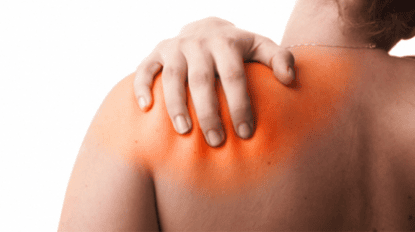
Đau hoặc căng cơ ở vai sẽ giảm và mất dần đi sau vài tuần
2.2. Common symptoms after heart surgery
You may not really feel the appetite, it may take a few weeks, so divide it into many (5 to 6) small meals instead of 3 main meals, some people even feel nauseous when they smell it. food 1-2 weeks after surgery, choose foods that do not have a strong smell, it is recommended to use cold foods because cold foods are not as strong as hot foods Swollen feet, especially if you have an incision in your leg, swollen feet may last a few weeks. To treat leg swelling, when sitting, you should raise your legs, do not sit cross-legged, do not sit cross-legged on the floor. Difficulty sleeping or short sleep, often waking up at 2-3 am and unable to go back to sleep, if prolonged, should take a sedative before going to bed Constipation: If you take pain relievers that can cause constipation, you should Adjust the diet: Eating foods with fiber such as fresh fruits and vegetables, drinking enough water, exercising will increase bowel movements to prevent constipation. If you are in a mood swing, worry, have problems with bad days, good days, should talk to everyone in the house, should not be bored, this phenomenon can last 6-8 weeks, if too much If it doesn't take long, tell your doctor. You may see a solid, small lump at the top of the incision, which should go away with time. You may notice or sometimes feel a "click" in your chest for the first few days after surgery, that will fade away and disappear completely in the first two weeks. If you find it persists and gets worse, tell the doctor who operated on you right away. Normally, the sternum takes 4 to 6 weeks to heal, so avoid activities that can affect, such as calves, lifting objects for 3 months. You may experience pain or muscle tension in the shoulder or the interscapular area below the shoulders, which should subside and disappear after a few weeks, if necessary you can take pain relievers.
You may experience numbness on the right or left side of the incision, which should fade over time. You may experience some itching or a feeling of tugging around the incision, especially for women using bras, it is advisable to change to looser, looser and more comfortable bras. Follow the exercises prescribed by your doctor and technician. Review your heart condition, make lifestyle changes that are more beneficial for your heart and your general health such as quitting smoking, water pipe, exercising more... Recovery after surgery sometimes depends on Either way, it may take 4 to 6 weeks for you to feel better. You also need to remember to take your medicine exactly as prescribed by your doctor
3. Unusual signs when discharged from the hospital
Fever above 38.5° C. Angina, like the angina you may have had before surgery. Edema around the ankle, or weight gain from 0.9 to 1.3 kg after 02 days. Stitch discharge, red or pus-like discharge Abnormalities at the incision site: redness, swelling, pain, opening or tearing of the suture. Fast, irregular heartbeat and pulse
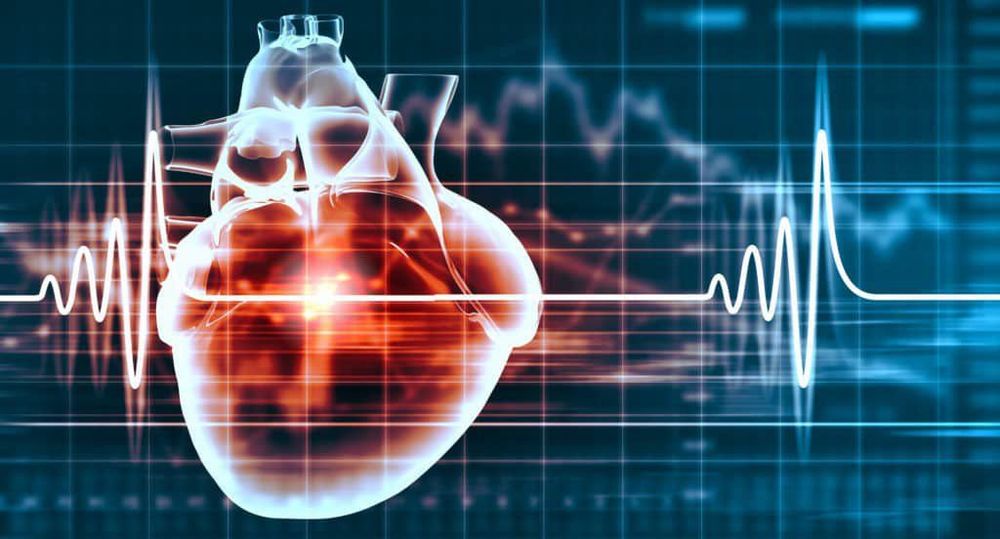
Rối loạn nhịp tim sau xuất viện, bệnh nhân nên tái khám lại
Appearance of bruises, bruises for no reason, especially for people who have heart valve surgery using anticoagulants. Rapid, shallow breathing even at rest or when work has stopped. Persistent nausea or vomiting. Headache, dizziness, lightheadedness, dizziness. Fainting, or severe headache. Blood in the urine or black stools. Excessive sweating and/or excessive fatigue. Chest or shoulder pain that increases with deep breathing or coughing
4. Guide to walking
When you get home it's important that you continue to do all the exercises you did every day while in the hospital, while doing the daily walking program that is fundamental to your recovery. . Every day you need to walk 30 minutes, so if you can only walk for 5 minutes each day, you need to walk 6 times a day, when you increase the time of one walk, you can reduce the number of times. walk down. Should have your own planner, for example:5. Specific instructions for movement exercises
Exercise 1. Neck Stretch The patient is seated in a comfortable chair with correct posture (feet close to the floor, ankle joint, knee joint, hip joint perpendicular, head and torso straight, body weight concentrated. evenly on both buttocks and legs). Then slowly lower your head, bend your neck to bring your chin towards your chest to the maximum, and then slowly raise your head back to the starting position. When the head returns to the original straight position, slowly rotate the head to the left to the maximum, hold for 5-10 seconds, then turn to the right, hold for 5-10 seconds, continue to rotate from 5 to 10 times like that.